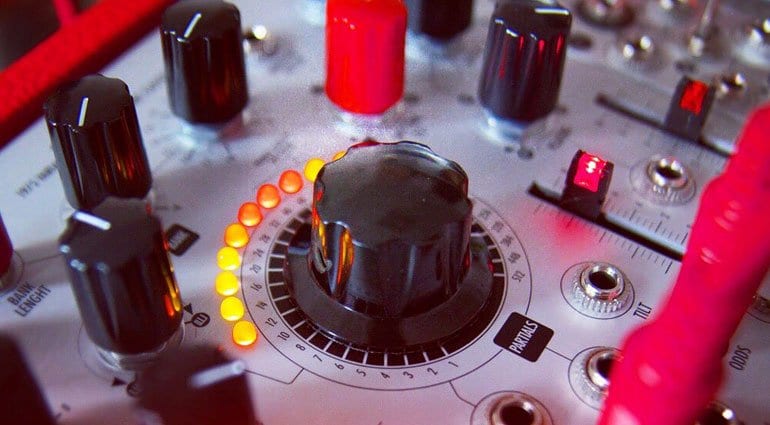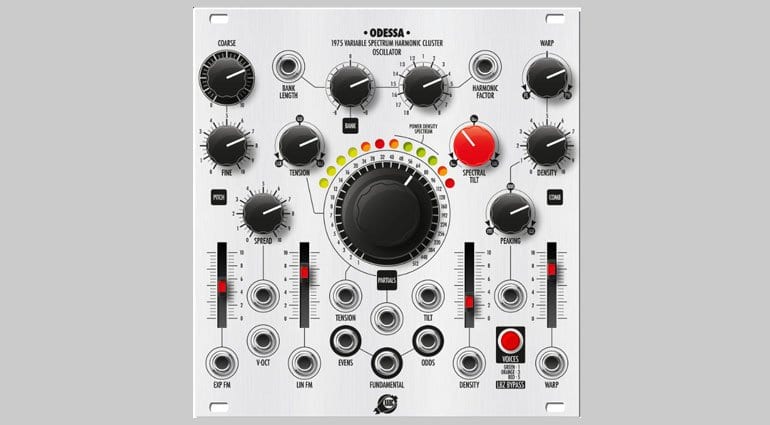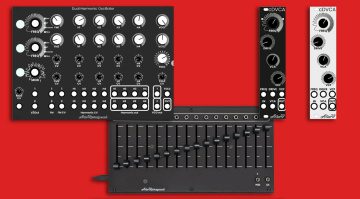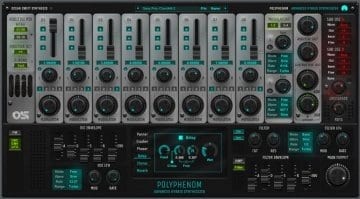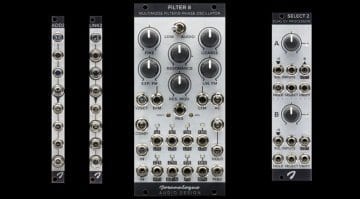Superbooth 2018: Odessa 1975 Variable Spectrum Harmonic Cluster Oscillator
Well, there’s a mouthful. The Odessa 1975 Variable Spectrum Harmonic Cluster Oscillator is a very wide and impressive looking additive synthesis engine. Xaoc Devices are always impressive. This is a prototype that will get its first demonstration at Superbooth.
Odessa
Additive Synthesis is all about adding a shed load of sine waves together and then controlling and manipulating those partials and harmonics. Odessa starts with a fundamental dictated by the 1 Volt/Oct input and builds complex harmonic or inharmonic spectra. Harmonics can be squeezed or stretched, tilted and pruned by a comb-like frequency response. The result is both strangely earthy and completely unearthly sounds. Modulating the comb response adds flanging and phasing type effects. Other features include through-zero linear frequency modulation and unison detune where up to 5 copies can be spread into a dense cluster of voices.
Odessa takes all the possible parameters and curates them down to 9 macro controls. These include things like Spectral Tilt, Tension, Warp, Density, Peaking, all of which have CV inputs. FM (Lin and Exp), Warp and Density also have sliders to look after the depth of control.
It has two main outputs for the harmonic partials and another output for a square wave or the fundamental.
It’s the sort of module that really needs to be heard. So as soon as we get some sound examples or video from the show we’ll add it here.
More information
- Odessa on ModularGrid.

